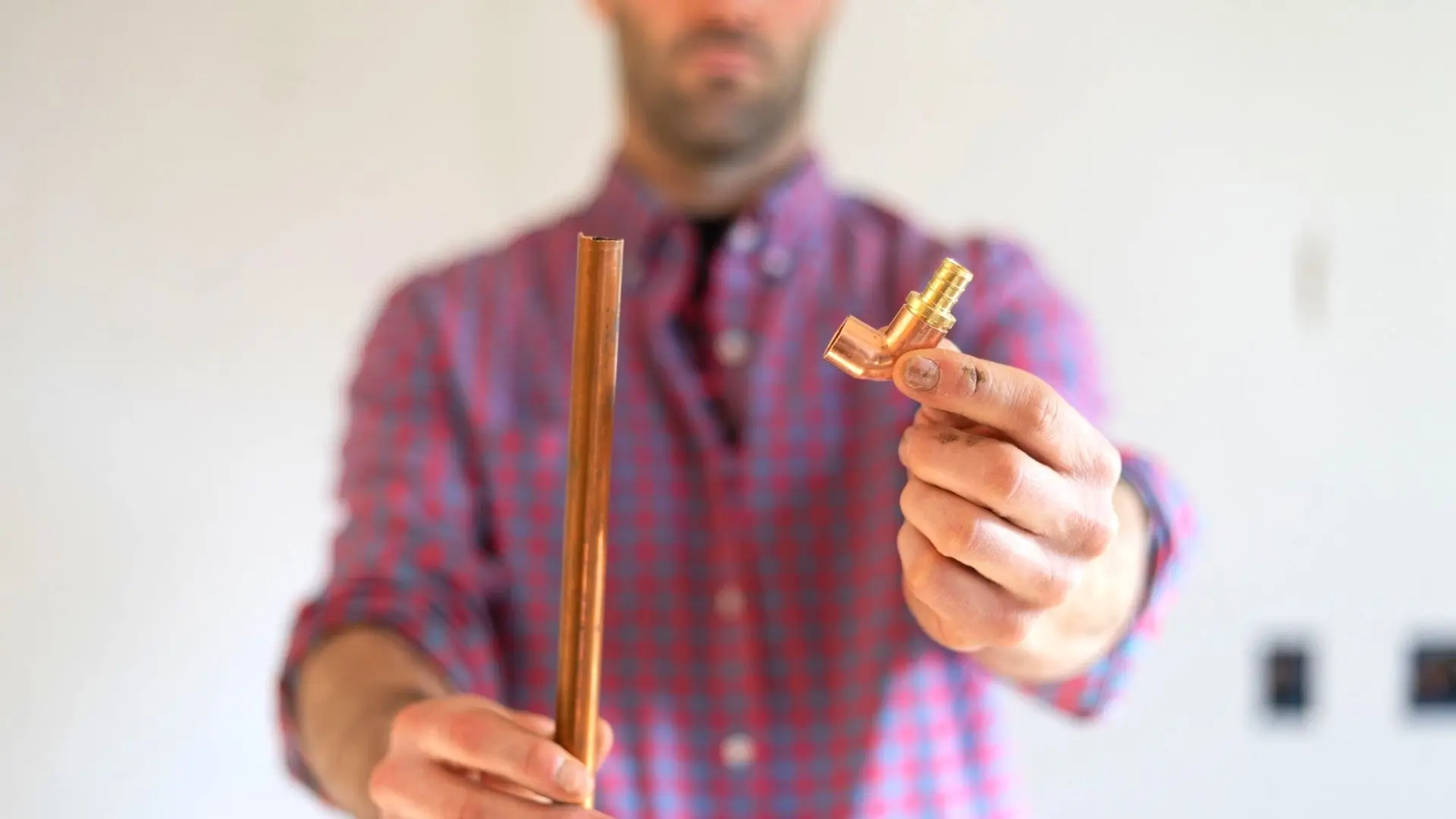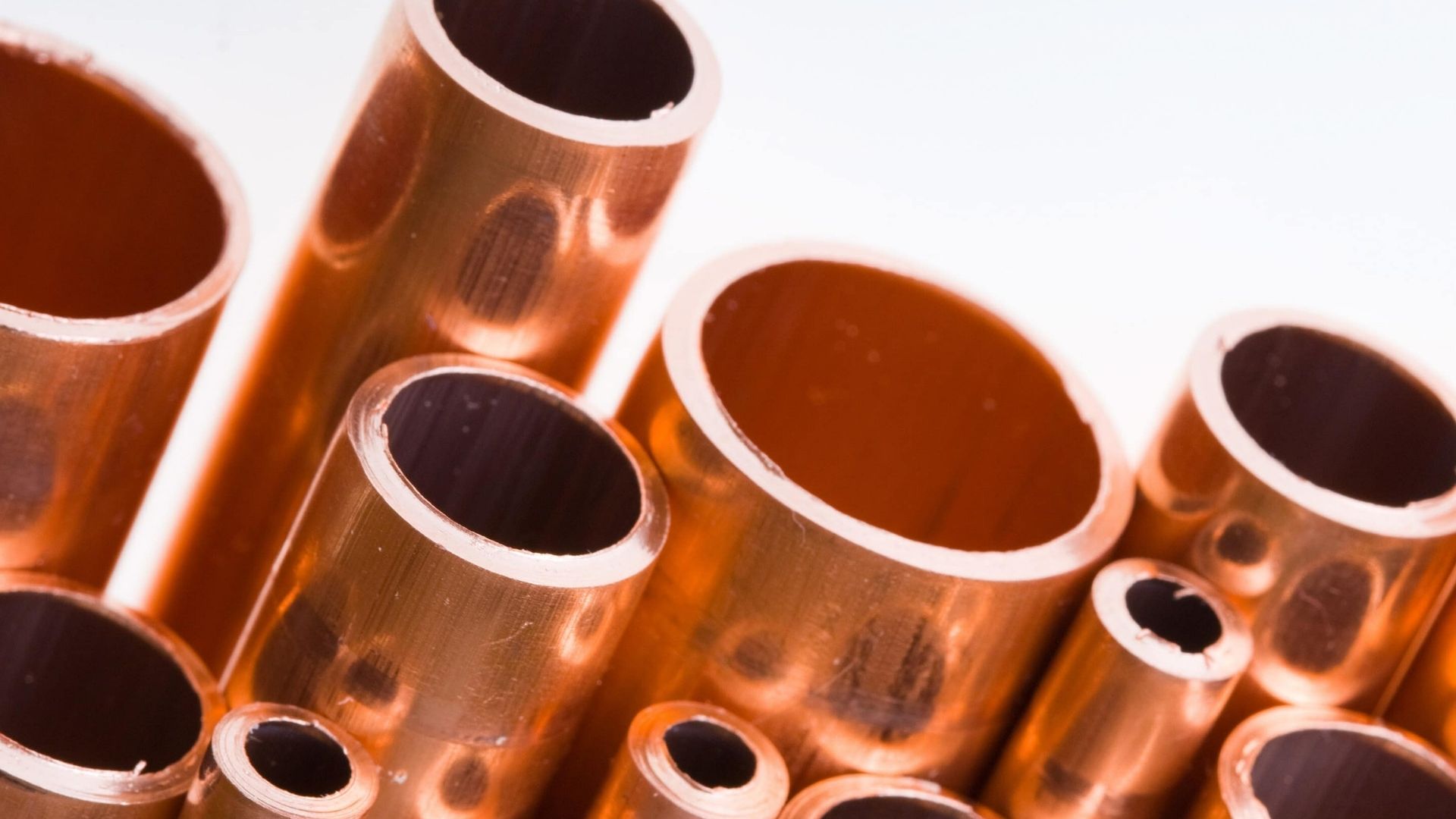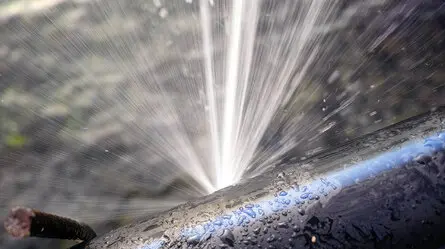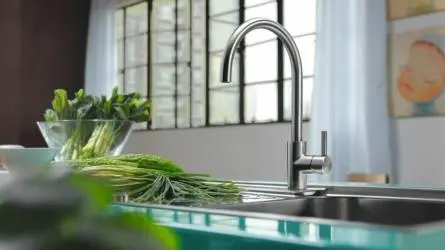Before you choose a pipe for your DIY project, it’s important to consider the different types available.
For plumbing purposes, manufacturers make both soft and hard copper pipes. Both are suitable for supplying water, but it would be best to remember that both have distinct advantages and disadvantages.
A soft copper pipe is easy to bend and does not need additional turning tools. Inflexible, rigid copper piping, on the other hand, usually needs bending equipment. So, to make tasks easy, people generally prefer to cut and use them instead of trying to join the pipes using a bending tool.
L and M copper pipes are commonly used for constructing water supply lines in both residential and commercial settings. Curious to know more? Keep reading!
The Most Common Types Of Copper Pipes
Pipe manufacturers make copper pipes in four regular types: L, M, K, and DWV. If you wonder what these letters mean, let us break them down. The letters on the pipes indicate their relative thickness, but remember that the pipe’s size determines its thickness.
To simplify, the letter codes we just mentioned also relate to the colour code of the printing on the side of the pipes. For example, Type M copper pipe is red and called red pipe. On the other hand, Type L copper pipe is blue and is referred to as blue pipes.

Type L And Type M Pipes: The Differences
Wall thickness and pressure rating are crucial elements that separate Type L and Type M pipes. Two of the most common sizes on the market are three-quarter-inch and half-inch in thickness.
Type L three-quarter-inch pipes have a wall thickness of 0.045 inches, while Type M pipes have a thickness of 0.032 inches. On the other hand, a half-inch Type L pipe is 0.040 inches, and Type M is 0.028 inches.
The cost difference is another factor between Type M and Type L pipes. According to our market survey, Type M is generally more affordable than Type L.
If you are wondering why that is the case, it is because of the difference in the wall thickness of the pipes. Type L pipes have thicker walls, weigh more, and are priced higher.
Type L pipes have thicker walls, meaning more copper is used in their production, which understandably drives up their cost. Additionally, their heavier weight increases transportation expenses substantially.
That said, copper pipes are generally relatively easy to work with, as all pipes of similar sizes have the same exterior diameter. So they are convenient for plumbing connections. Remember that the inside diameter of the pipes will vary depending on the type you choose to work with.
For example, the inside diameter of a Type L pipe is 0.545 inches, while that of a Type M is 0.569 inches.
What Should You Use: Type L Or Type M Pipes?

As mentioned, the major difference between these two pipes is their thickness. However, the question remains about when one should use Type L pipes and when one should use Type M pipes.
A general rule of thumb is to go for Type L pipes if you plan to use one for the water supply in your building. Type M pipes are suitable for all other purposes but not that great for water supply that involves heavy water pressure.
It is also important to note that Type L pipes tend to last longer as they are thicker. If you are using Type M pipes, their longevity is pretty low and might need to be replaced soon. So, if you want durability, you should choose these pipes over Type M pipes.
Most plumbers recommend using Type M pipes for relatively cheaper heating systems. You can also use Type L pipes, but the costs will increase.
Type L pipes are durable and can last around 80-100 years. On the other hand, plumbers believe that Type M pipes would need to be replaced in 20-30 years.
Suitability: Type M Vs. Type L
When using copper wire for residential water supply, you can opt for Type M or Type L, depending on the requirements set by the local codes. In most places, both these pipes are rated quite well and handle the water pressure levels in the water supply system sufficiently.
Homeowners often choose Type M over Type L for larger projects due to the substantial cost difference. To ensure the water supply systems work efficiently, it’s crucial to verify that all building materials meet local code requirements.
Understanding Copper Pipes
We have reached the end of this informative guide! After reading this, we hope you better understand the differences between Type L and Type M copper pipes.
They have unique advantages and disadvantages, and you must select one that suits your requirements. If you have any suggestions you would like to share with us; please write to us in the comments section below.
Don’t hesitate to contact our team for any pipe installation, replacement or repair in Perth. We are the leading Perth plumbing company for blocked drains, pipe repair and installations!




